Australia/Diciembre de 2017/Fuente: The Guardian
Resumen: El gobierno federal recortará $ 2.2bn de las universidades principalmente a través de un congelamiento de dos años en fondos de becas de la Commonwealth para la enseñanza y el aprendizaje. La perspectiva económica y fiscal de mitad de año dio a conocer la nueva medida, que no requerirá legislación, para reemplazar el paquete de $ 2.8bn de recortes de fondos y aumentos de tarifas en el presupuesto de 2017, que fue bloqueado por el Senado. Si bien no limita directamente los lugares estudiantiles, el freno de mano en los fondos ejercerá presión sobre las universidades para limitar las inscripciones de los estudiantes porque no recibirán becas estatales directas si aumentan las inscripciones.
The federal government will cut $2.2bn from universities predominantly through a two-year freeze in commonwealth grants funding for teaching and learning.
The midyear economic and fiscal outlook unveiled the new measure – which will not require legislation – to replace the $2.8bn package of funding cuts and fee rises in the 2017 budget, which was blocked by the Senate.
While not directly capping student places, the handbrake on funding will put pressure on universities to cap student enrolments because they will not receive any direct commonwealth grants if enrolments increase.
The treasurer, Scott Morrison, told a press conference on Monday that more than 90% of the $2.2bn cut would be achieved through the funding freeze. Other elements, including reducing the repayment threshold for student loans to $45,000 and a new lifetime limit for loans, will still need legislation.
Commonwealth grant scheme funding for bachelor degrees will be frozen at 2017 levels in 2018 and 2019, with increases from 2020 onwards subject to performance targets and “capped at the growth rate in the 18 to 64-year-old population”, the Myefo papers revealed.
Graduates earning more than $45,000 will have to pay 1% of their income to clear their student debts, down from the current threshold of about $52,000. The repayment rate will rise to 10% at the upper end for those earning $131,989 or more.
From 2019 the most students can borrow from the government for university and vocational education will be $104,440 except for medicine, dentistry and veterinary science students, who will have a more generous $150,000 cap.
Morrison said these two measures accounted for less than $250m over four years.
The Universities Australia chairwoman, Margaret Gardner, said the freeze amounted to a “real cut” in funding – due to inflation – even if universities simply maintain current student numbers.
“And for universities that are still growing their student numbers to meet the needs in their local communities and regional economies, this will be an even deeper cut,” she said.
Australians who live in regional areas are only half as likely to have a degree as city dwellers and would therefore be most likely to miss out.
“Australian students already pay a significant share of their higher education costs compared to many other nations and we share the concerns of our students about [the proposed student loan cap],” Gardner said.
The Group of Eight universities chair, Peter Høj, said the government was treating the sector like a “cash cow to be milked for budget cuts” rather than a means to improve the career opportunities of young people.
In a statement on Monday, the education minister, Simon Birmingham, said that, despite the savings measures, the government’s direct funding to universities for teaching, learning and research would still grow by 8% from $10.7bn in 2017 to $11.5bn in 2021.
Taxpayer-backed student loans paid to universities will grow from $6.4bn to $7.4bn, meaning universities would have a “total funding increase of 11%, if [they] maintain their current enrolment patterns”, he said.
Birmingham said the government was not capping student places and argued that universities could continue to grow enrolments if they made cuts to the 15% “headroom” that Deloitte identified was spent on administration and other costs out of commonwealth grants for teaching and learning.
Birmingham blamed rising higher education costs for the budget deficit, accusing Labor, the Greens, the Nick Xenophon Team and the university sector of “turning a blind eye to the challenges confronting both the federal budget and higher education”.
“Australia must face up to the task of putting our higher education costs on a more sustainable, responsible path for the future while also having a stronger focus on supporting students,” he said.
The two-year freeze replaces a proposed 2.5% efficiency dividend on commonwealth grant scheme payments in 2018 and 2019.
The government dumped its proposed cumulative fee increases of 7.5% by 2021 and moderated its proposal to reduce the student debt repayment threshold to $42,000.
The Myefo announcement also cancels spending measures in the 2017 budget to provides further subsidies for sub-bachelor courses such as diplomas.
Controversial changes to charge permanent residents and New Zealanders full fees were dumped.
The shadow treasurer, Chris Bowen, accused the government of “mortgaging the future and attacking one of the sources of Australia’s long-term economic prosperity, our higher education sector”.
Speaking before the release of Myefo, the shadow education minister, Tanya Plibersek, said that “billions of dollars’ worth of cuts to universities mean a higher-cost education for students or a poorer-quality education or probably both”.
Plibersek accused the government of “coming around through the back door and taking billions of dollars out of higher education in other ways” after the Senate had blocked its 2017 budget proposal.
The Greens’ education spokeswoman, Sarah Hanson-Young, warned that the changes would cap student places and increase university fees, “pricing people out of education”.
She called on Labor and the crossbench to block the lowering of the student loan repayment threshold.
Fuente: https://www.theguardian.com/australia-news/2017/dec/18/coalitions-22bn-cut-from-universities

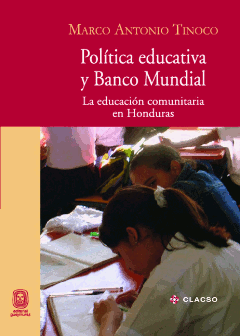
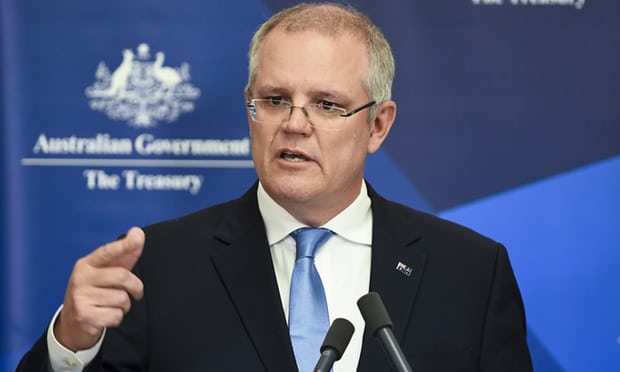
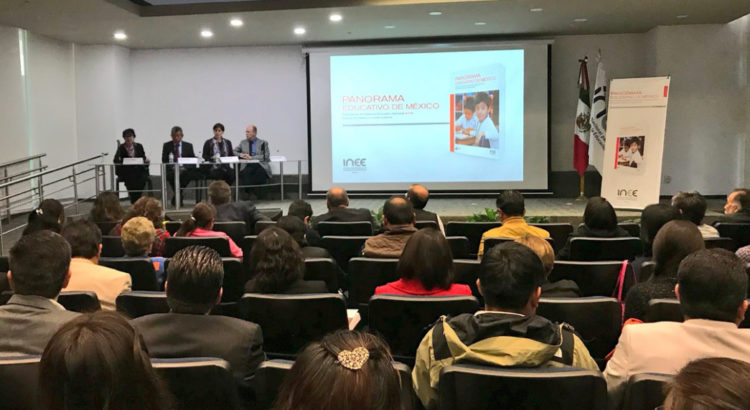

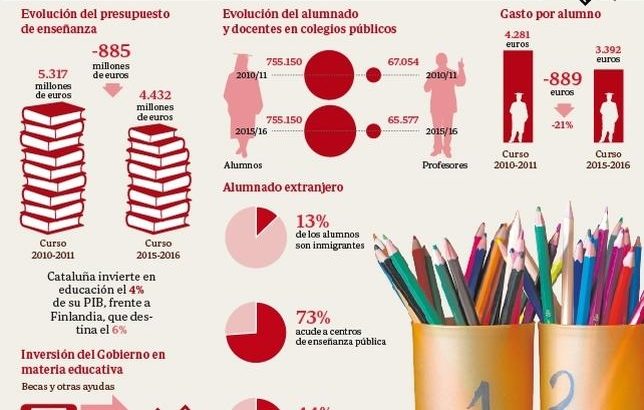
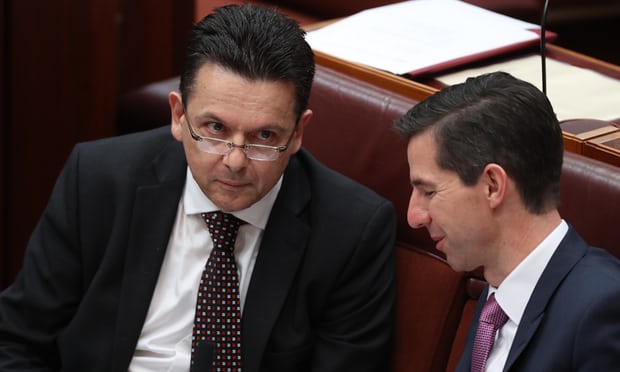






 Users Today : 48
Users Today : 48 Total Users : 35460351
Total Users : 35460351 Views Today : 69
Views Today : 69 Total views : 3419097
Total views : 3419097